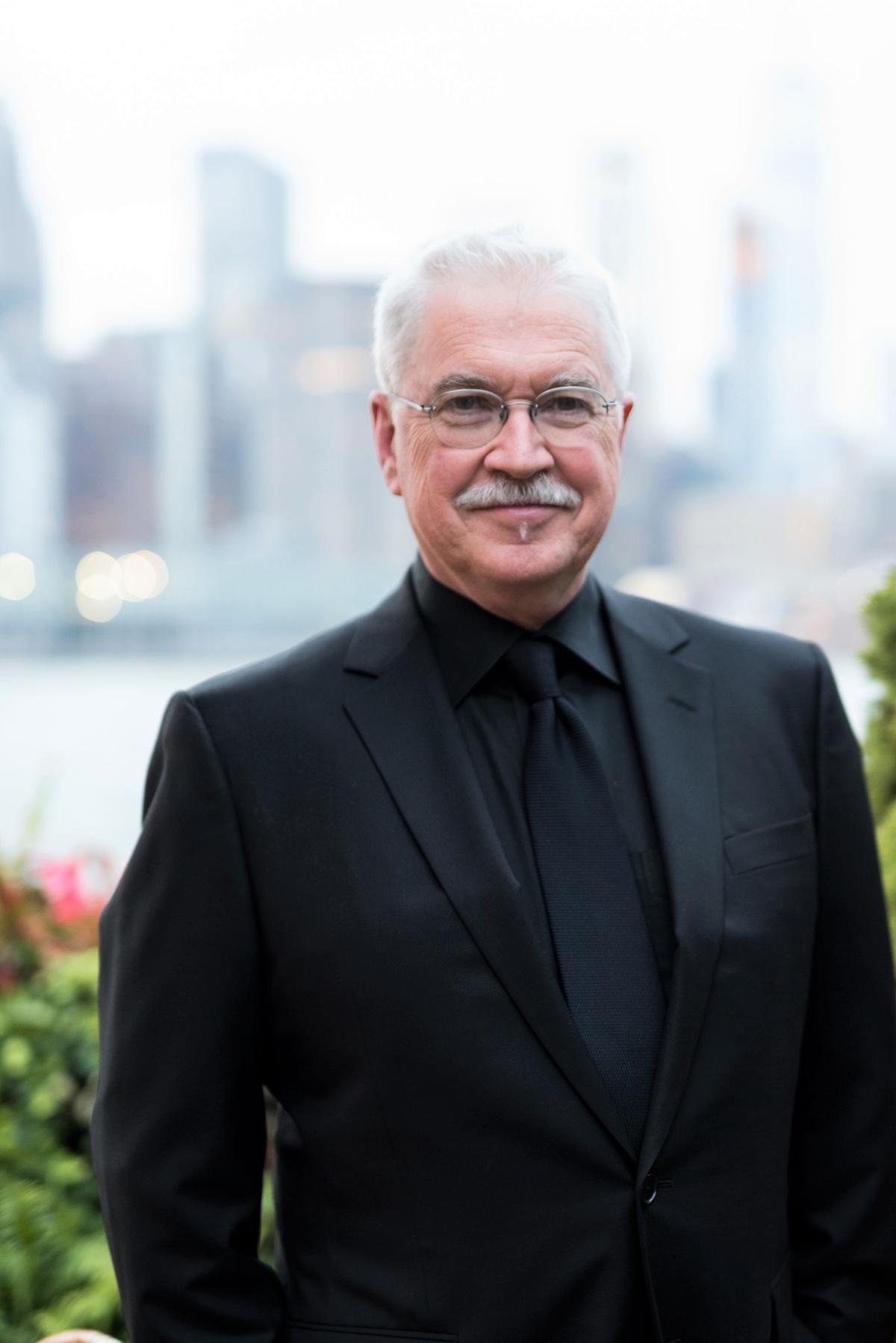It’s difficult to think of an interior designer more celebrated than Kerry Joyce. His work has landed him on the cover of more than a few national magazines, he’s consistently featured on industry who’s who lists, and he’s won a slew of lifetime achievement awards—to say nothing of his Emmy. Funny, then, that Joyce’s career began back in the mid-1970s with a few simple twists of fate. After earning a degree in set decoration in New York, he visited Los Angeles, rented a car and … promptly got lost.

“I had never even driven a car before, other than in driver’s ed,” Joyce tells host Dennis Scully on the latest episode of The Business of Home Podcast. “So I drove from the airport. I got lost, called a friend, and it turned out I was right next to ABC Studios. I took my theater portfolio and … I was offered a job on the Tony Orlando and Dawn show. And that was my wonderful introduction to Hollywood.”
Joyce had a busy career in TV, working his way up to art director for several variety shows of the era, but eventually grew disenchanted with the silver screen. He started his own business, a store called Designer Resource that sold architectural elements like fireplaces and columns, and ran it for 10 years. A customer of the store, actress Jami Gertz (of Less Than Zero and The Lost Boys fame), hired Joyce to do a design project, and the rest is history.
“My first project, I brought [photos] to New York, and from phone booths I called different editors and got interviews. My first was with Margaret Russell, at the time the assistant editor of Elle Decor,” says Joyce. “She immediately offered to publish my first house.”
As a designer, Joyce quickly developed a reputation for not only his celebrity clientele but also his holistic approach. Although he’s not a licensed architect, his projects tend to involve some degree of architectural design, and he’s known for finding the sweet spot between stylized gestures and timeless design principles. Within the industry, Joyce is just as well known for his product lines, ranging from furniture and lighting to textiles and rugs.
In this episode of the show, Joyce shares the story of his career and explains his approach to running the product side of his company. Above all, he says, you have to combine a passion for beauty with a desire to establish a real business—otherwise, neither will pan out. “If you’re going to do it, you want to end up making money,” he says. “It’s nice to make something beautiful, but if you don’t actually make money … I like both going together; that’s exciting. Money allows you to make more beautiful things.”
Listen to the show below. If you like what you hear, subscribe on Apple Podcasts or Spotify. This episode was sponsored by Thibaut and Hartmann&Forbes.



























